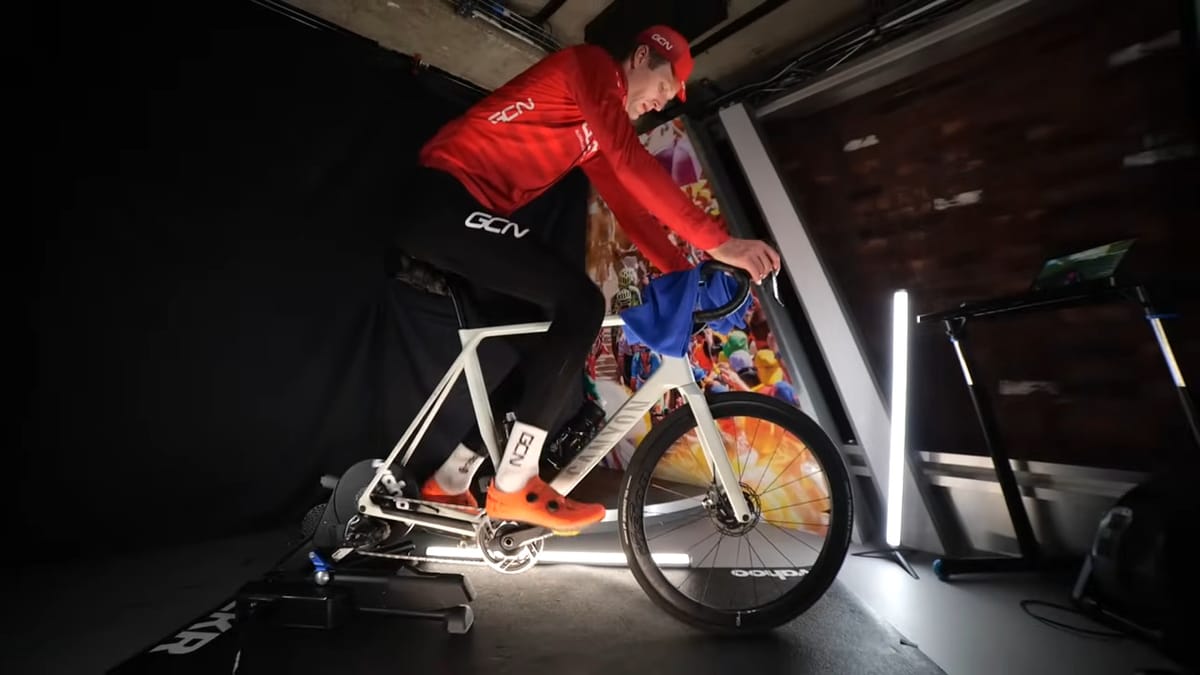Unlocking Performance Gains: The Power of Heat Training in Cycling

What if there were a way to boost your cycling performance by up to 5% without adding extra hours to your training schedule or investing in expensive gear? It might sound too good to be true, but heat training is emerging as a game-changer in the world of professional cycling. This method could be your ticket to significant performance gains, and it's gaining traction among elite athletes.
What Is Heat Training?
Heat training involves exercising with an elevated core body temperature for a sustained period, typically between 30 to 80 minutes, with 45 minutes being a common duration. The key is to maintain a low to moderate intensity—think low Zone 1 to low Zone 2 in cycling terms—while creating heat stress on your body. This is usually achieved by:
- Training Indoors: Using a stationary bike in a warm room.
- Avoiding Cooling Mechanisms: No fans or air conditioning.
- Wearing Extra Layers: Dressing in additional clothing to trap heat.
The result? Your heart rate rises quickly as your body works harder to cool itself, leading to physiological adaptations that can enhance your performance.
The Science Behind It
Research has shown that heat acclimatization can lead to significant improvements in endurance performance. A study by Lorenzo et al. (2010) found that after 10 days of heat training, athletes experienced an average improvement of 8% in VO₂ max and 5% in Functional Threshold Power (FTP).
Expert Insights
Professor Bent Rønnestad from the University of Inland Norway has extensively studied heat training. His findings suggest:
- Increase in Hemoglobin Mass: Heat training can boost hemoglobin mass by approximately 2.5% to 5%, similar to the effects of altitude training.
- Enhanced Oxygen Transport: More hemoglobin means your blood can carry more oxygen, improving VO₂ max and threshold power.
- Controlled Approach: It's crucial not to overdo it. Monitoring core temperature and ensuring it doesn't exceed safe limits (around 38.5°C) is essential.
Professor Dr. Jan Boone from Ghent University, who works with the Lotto-Destiny professional cycling team, adds:
- Integration into Training Programs: Heat training should be carefully planned and integrated into your overall training regimen.
- Cumulative Effects: Combining heat training with altitude training can prolong the benefits of increased hemoglobin mass.
- Athlete Experiences: Professional cyclists like Victor Campenaerts have reported positive effects from incorporating heat training.
Important Considerations
Before you jump on the heat training bandwagon, keep these points in mind:
- Safety First: Overexposure to heat can be dangerous. Start slowly, monitor your body's responses, and stay well-hydrated.
- Consult Professionals: If possible, work with a coach or medical professional experienced in heat training protocols.
- Listen to Your Body: Heat training is physically and mentally demanding. Pay attention to signs of overheating or excessive fatigue.
- Integrate Thoughtfully: Adjust your overall training load to account for the additional stress that heat sessions place on your body.
Conclusion
Heat training offers an accessible and potentially effective way to enhance your cycling performance. While it's not a shortcut—sessions are challenging and require careful planning—the physiological adaptations can be well worth the effort.
I've incorporated some heat training in the past, and it's misery. Turns out Z1 and Z2 with no air movement feels worse than grinding away on some sweet spot intervals. I would like to see the rectal temperature as a feature on Strava though. LOL.





